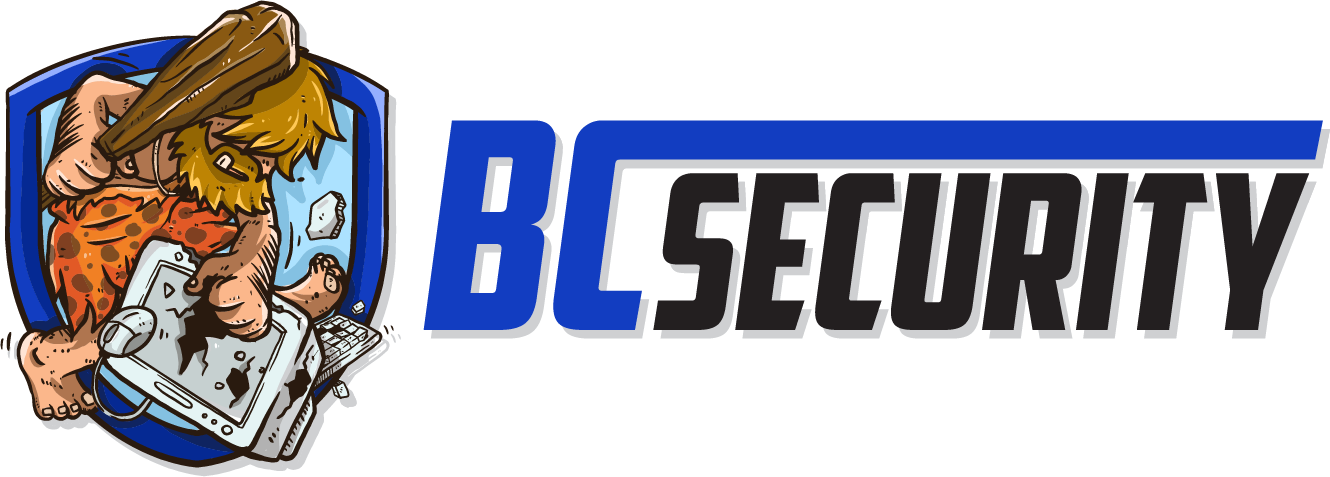
Ransomware during a Pentest, Yes or No?
NOTE: Some of the topics in this article are probably going to be a bit contentious, but part of the hope in publishing this article is to drive some additional discussion within the offensive security community Ransomware has become one of the most prevalent threats that companies face today. It [...]









